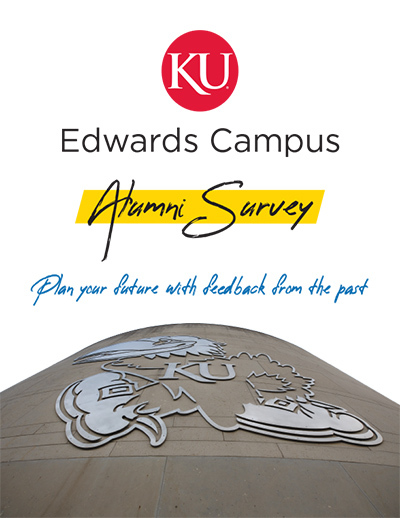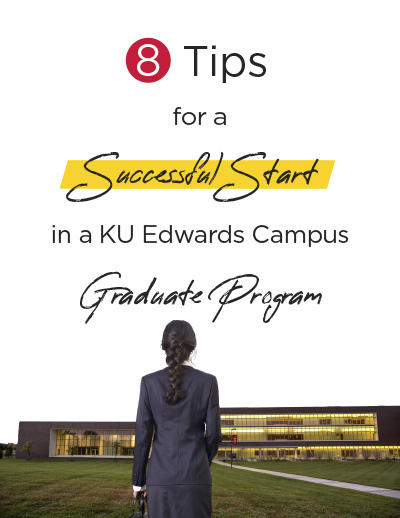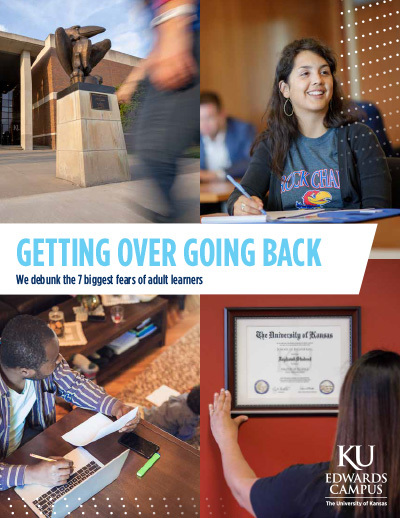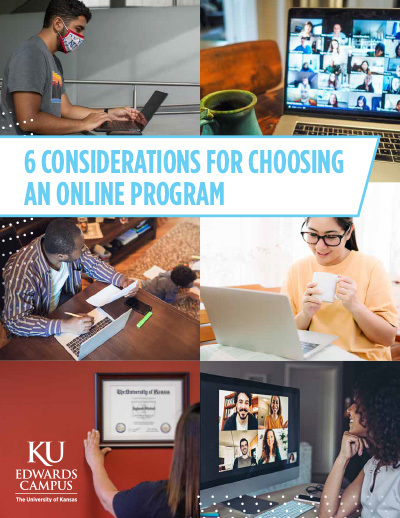Build on employee engagement during crisis times

This article was written by Dr. Marilu Goodyear and Dr. Caryl Goodyear.
We all know too well that right now organizations are challenged with the COVID-19 crisis. We have gone from buildings to homes quickly, scrambling to get into place the technology that would support operations and communications, supporting employees in their fears of contracting the virus and with the needs of their personal life. Supporting organizations through crises is something familiar for our two professions: Chief Information Officer (Marilu) and Critical Care Nurse (Caryl).
Marilu: As the Chief Information Officer at the University of Kansas for nine years, I dealt with a number of crisis situations such as cybersecurity incidents and a microburst that blew the top off of the computer center building. I learned from those experiences that in times of crisis, a leader learns how strong the organizational culture is and whether the organizational team is ready to step forward. It is a time when followers often step forward to make contributions.
Caryl: As a critical care nurse on the front line and now as I serve as a people leader at American Association of Critical Care Nurses supporting the ‘back line’ of care, supporting the nurses who need us to advocate for them and give them the vital resources to survive through this pandemic. What I have learned from being a nurse caring for patients at the most vulnerable time of their lives is how to deal with uncertainty, volatility, and ever-changing circumstances. As an expert caring nurse, I lived crises one after another; each of my patients presented to me that opportunity to save their lives at a moment’s notice. What I have learned in my nursing leadership positions is that leadership matters in all situations but especially in crises.
Often in a crisis, employees of the organization step forward to take on roles outside their normal activities as they are needed to respond to the crisis. We might even say that organizations in crisis take advantage of the skills that exist within the “follower” ranks in a more fundamental way than the organization would in more normal times. We argue that this is an asset for the organization, now during the COVID-19 crisis and after. Leaders who are aware of this asset can act now to enhance the organizational culture of collaboration and positive action.
How is it that leaders can support, maintain, and perhaps grow positive culture while we are in the midst of such different territory?
What should leaders do?
Daniel Coyle’s recent book The Culture Code gives three major pieces of advice to leaders to develop and maintain successful groups:
- Take action to build the feeling of safety with all employees
- Share your own feelings and vulnerability with employees
- Talk about purpose, why the work is important, and back that up with consistent actions
What actions can leaders take to accomplish these goals and make sense of the current environment?
The sense of sense making
When security has been shaken, our human need is to “make sense” of what is happening. This need is one of the reasons why religion and spirituality thrive in such environments. But our need for sense making extends to our organizational life.
What does sense making look like for both leaders and employees?
“a fully realistic assessment of the difficulty of the challenge ahead…, and, at the same time, an unrealistically optimistic belief in… (the) ability to overcome it.” Marcus Buckingham
This quote illustrates two key actions we can take.
- Be open about what is known and not known, have the courage to clearly articulate the challenge and encourage the difficult questions.
- Center communication around the concept abundance (what we have to work with) instead of scarcity (what are our limitations) while at the same time listening and acknowledging feelings.
Action orientation balances insecurity
A key way to deal with feelings of insecurity is to focus on actions that can be taken now to regain a measure of feelings of control; fear is not a weakness it is a call to action. Now is the time to quickly refocus the organization’s functions on what remains important.
Refocus on purpose but understand how action strategies have changed (and therefore metrics). Ask how does our strategy for accomplishment need to change? How should we measure that new strategy?
Tap into creativity by asking the question: How do we take advantage of this opportunity? Encourage volunteer teams to tackle sub-sets of this question. Set aside resources when possible to fuel this activity.
Bringing it all together
Now is the time to focus on all employees as contributors to the organization. Leaders should acknowledge their vulnerability, the organization’s vulnerability and clearly articulate the challenge. Leaders should encourage employees to seek and understand their skills and ability to contribute and then provide a means for action with new strategies aimed at organizational mission. The combination of stabilizing through a focus on purpose and action toward a new future can combat fear even while ambiguity lasts.
Key words for leaders during this time are candor, abundance, listening, purpose, action and creativity.
About the authors
Dr. Caryl Goodyear is the Practice Excellence Programs’ Manager for the American Associate of Critical Care Nurses. She has over 30 years’ experience as an executive leader and facilitator of workplace excellence in health care. She is a partner in the consulting firm, ConsultFour, LLC.
Dr. Marilu Goodyear is Associate Professor, School of Public Affairs and Administration, University of Kansas. She has over 30 years’ experience in higher education including senior and department level academic leadership and as Chief Information Officer at KU. She is a partner in the consulting firm, ConsultFour, LLC.
For more timely resources during this time, access the free Ad Astra Per Aspera webinar series from KU’s Public Management Center. Dr. Marilu Goodyear will be the featured speaker on July 17.
KU offers a series of 15-minute webcasts, which provide actionable timely topics for leaders of successful teams. Sign up on the Leadership Daily website.





